Rebecca Saxe: Fine tuning the theory of mind
Rebecca Saxe has been designing brain imaging experiments to study infant brain development, moral judgment and theory of mind in people with autism, who often have trouble grasping othersʼ thoughts.
Autism’s core symptoms accompany a constellation of subtle signs that scientists are just beginning to unmask.
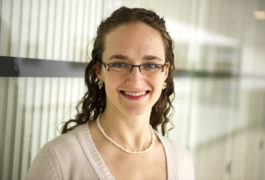
Rebecca Saxe has been designing brain imaging experiments to study infant brain development, moral judgment and theory of mind in people with autism, who often have trouble grasping othersʼ thoughts.

In 2003, Stephane Jamain and his colleagues reached a breakthrough by taking a candidate approach to the X chromosome, and linking members of the neuroligin protein family to autism.
A child’s language ability correlates with the volume of his or her amygdala ― the small, deep brain region that is strongly associated with emotion processing ― according to an unpublished five-year longitudinal study presented Wednesday afternoon at the Society for Neuroscience meeting.
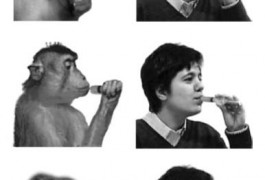
High-functioning children with autism may understand another personʼs intention when, for example, that person reaches for a glass of water ― a simple, goal-directed task ― without help from the mirror neuron system, according to research reported Tuesday at the Society for Neuroscience meeting.
Researchers are narrowing in on a pool of genes that may be involved in helping neurons find their targets, according to unpublished work presented today in a poster session at the Society for Neuroscience meeting.
A new slow-release form of the drug risperidone ― an antipsychotic given to people with schizophrenia, autism and other psychiatric conditions ― lasts in the blood days instead of hours, according to research presented today at the Society for Neuroscience meeting.
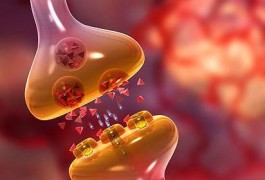
The molecular mechanisms underlying synaptic plasticity ― the ability of neurons to change the strength of their connections ― can vary across different inhibitory neural circuits as much as they can vary across excitatory neural circuits, according to research presented this morning at the Society for Neuroscience meeting.
Lithium treatment reverses some of the behavioral and brain-cell abnormalities in mouse models of fragile X syndrome ― an inherited form of mental retardation that includes learning deficits, aggressiveness, and social withdrawal ― according to research presented today at the Society for Neuroscience meeting.
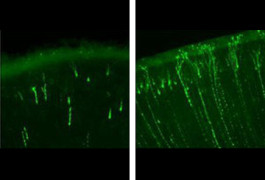
A team of scientists is reprogramming adult stem cells generated from tiny skin samples of people with autism to form nerve cells, creating a powerful research tool for the disorder.
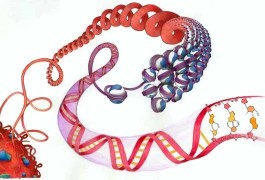
Targeting epigenetic mechanisms may offer potential new therapies for people with developmental disorders including autism, researchers said today at the Society for Neuroscience meeting.